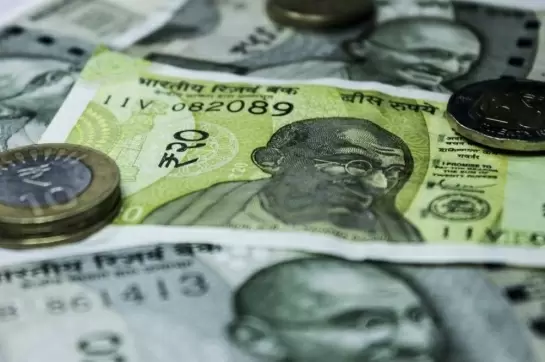Smartphone's camera, flash can measure blood oxygen up to 70% at home
New York
19-September-2022
.webp)
Photo : IANS
A team of US researchers has found that smartphones are capable of detecting blood oxygen saturation levels down to 70 per cent -- the lowest value a pulse oximeters should be able to measure.
When the team delivered a controlled mixture of nitrogen and oxygen to six subjects to artificially bring their blood oxygen levels down, the smartphone correctly predicted whether the subject had low blood oxygen levels 80 per cent of the time.
"Other smartphone apps that do this were developed by asking people to hold their breath. But people get very uncomfortable and have to breathe after a minute or so, and that's before their blood-oxygen levels have gone down far enough to represent the full range of clinically relevant data," said co-lead author Jason Hoffman from University of Washington.
"With our test, we're able to gather 15 minutes of data from each subject. Our data shows that smartphones could work well right in the critical threshold range," Hoffman said in the study published in npj Digital Medicine.
Another benefit of measuring blood oxygen levels on a smartphone is that almost everyone has one.
"This way you could have multiple measurements with your own device at either no cost or low cost," added co-author Dr. Matthew Thompson, professor of family medicine in the UW School of Medicine.
Watch This TWL Video
This would be really beneficial for telemedicine appointments to be able to quickly determine whether patients need to go to the emergency department or if they can continue to rest at home and make an appointment with their primary care provider later.
To gather data to train and test the algorithm, the researchers had each participant wear a standard pulse oximeter on one finger and then place another finger on the same hand over a smartphone's camera and flash.
The researchers used data from the participants to train a deep learning algorithm to pull out the blood oxygen levels. The remainder of the data was used to validate the method and then test it to see how well it performed on new subjects.
"The camera records how much that blood absorbs the light from the flash in each of the three colour channels it measures: red, green and blue," said senior author Edward Wang, assistant professor at UC San Diego.
The team hopes to continue this research by testing the algorithm on more people. - IANS
More Headlines
Karnataka Withdraws CID Probe in Ranya Rao Gold Smuggling Case
New Kerala Guv Strikes Cordial Tone, Hosts CM Vijayan And FM Sitharaman In Delhi
Digital Payments Surge in India: 18,120 Crore Transactions in FY24-25
Weather Dept Predicts Heavy Rains In Several TN Districts
Chitra Subramaniam’s Book Boforsgate Exposes Arms Trade, Corruption, and Political Intrigue
Karnataka Withdraws CID Probe in Ranya Rao Gold Smuggling Case
New Kerala Guv Strikes Cordial Tone, Hosts CM Vijayan And FM Sitharaman In Delhi
Digital Payments Surge in India: 18,120 Crore Transactions in FY24-25
Weather Dept Predicts Heavy Rains In Several TN Districts
Chitra Subramaniam’s Book Boforsgate Exposes Arms Trade, Corruption, and Political Intrigue










